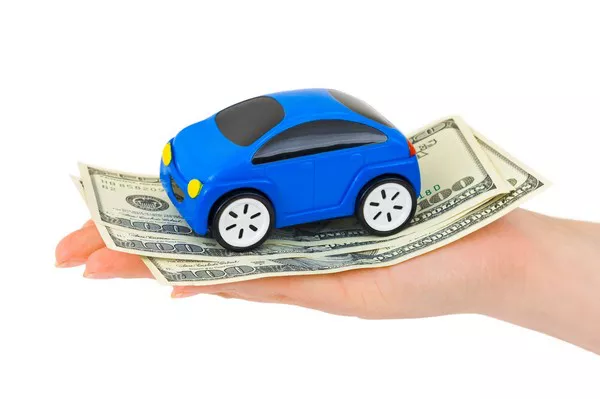Car insurance can sometimes feel like navigating through a maze of terms and conditions. One such term that often leaves policyholders scratching their heads is “policy excess.” In this guide, we’ll shed light on this often misunderstood aspect of car insurance, explaining what policy excess is, how it works, and its implications on your coverage and costs.
1. Understanding Policy Excess:
Defining Policy Excess:
Policy excess, also known as a deductible, is the amount a policyholder agrees to pay out of pocket before the insurance company covers the remaining costs. In the context of car insurance, this typically applies to the expenses incurred in the event of a claim, such as repairs or medical bills.
Types of Policy Excess:
There are two main types of policy excess – voluntary and compulsory. Voluntary excess is chosen by the policyholder, allowing them to have more control over their premiums. Compulsory excess is set by the insurance provider and is non-negotiable. Understanding the interplay between these types is crucial for making informed decisions.
The Inverse Relationship with Premiums:
One key aspect to grasp is the inverse relationship between policy excess and insurance premiums. Opting for a higher voluntary excess usually results in lower premium costs, while a lower excess typically leads to higher premiums. We’ll explore how finding the right balance is essential for both savings and adequate coverage.
2. Evaluating the Impact on Premiums:
Calculating the Cost-Benefit Ratio:
When choosing the level of policy excess, it’s vital to calculate the cost-benefit ratio. While a higher excess can reduce monthly premiums, policyholders must assess whether the potential savings outweigh the financial strain of a higher out-of-pocket expense in the event of a claim.
Premiums and Driving History:
Insurance providers consider the policyholder’s driving history when determining the impact of policy excess on premiums. Safe drivers may find that opting for a higher excess is a financially savvy choice, as their lower risk profile can offset the increased out-of-pocket responsibility.
Balancing Short-Term Costs and Long-Term Savings:
Finding the right balance between short-term costs and long-term savings is crucial. Policyholders should consider their financial situation, driving habits, and risk tolerance. Striking the right balance ensures that the chosen excess aligns with both immediate budget constraints and long-term financial goals.
3. Unveiling the Claims Process:
Initiation of a Claim:
Understanding how the claims process works in conjunction with policy excess is essential. When a claim is initiated, the policyholder pays the agreed-upon excess amount, and the insurance company covers the remaining eligible costs. Familiarizing oneself with the claims process minimizes confusion during stressful situations.
Impact on No-Claims Discount:
For many drivers, a no-claims discount is a significant incentive for safe driving. However, it’s essential to recognize that making a claim, even if the excess is paid, may impact this discount. Exploring the potential ramifications on no-claims benefits is crucial for maintaining overall insurance savings.
Transparency and Communication:
Insurance providers must be transparent about how policy excess affects the claims process. Policyholders should feel confident in their understanding of how and when excess applies, fostering open communication between the insurer and insured.
4. Tips for Making Informed Decisions:
Assessing Personal Financial Capacity:
Before choosing a policy excess, individuals should assess their personal financial capacity. Opting for a higher excess may save on premiums, but policyholders should be confident in their ability to cover the out-of-pocket expense in case of a claim.
Factoring in Vehicle Value:
The value of the insured vehicle plays a role in determining an appropriate excess. High-value vehicles may warrant a lower excess to minimize the financial burden on the policyholder in the event of extensive damage.
Periodic Review and Adjustments:
As circumstances change, so too should the chosen policy excess. Periodic reviews of insurance coverage allow policyholders to adjust their excess based on evolving financial situations, driving habits, and the overall value of the insured vehicle.
Conclusion:
In the realm of car insurance, understanding policy excess is a key component of making informed decisions. By decoding this often-misunderstood concept and evaluating its impact on premiums, the claims process, and overall financial well-being, policyholders can navigate the complexities of car insurance with confidence. Remember, knowledge is the compass that guides you to the right coverage for your unique needs.


